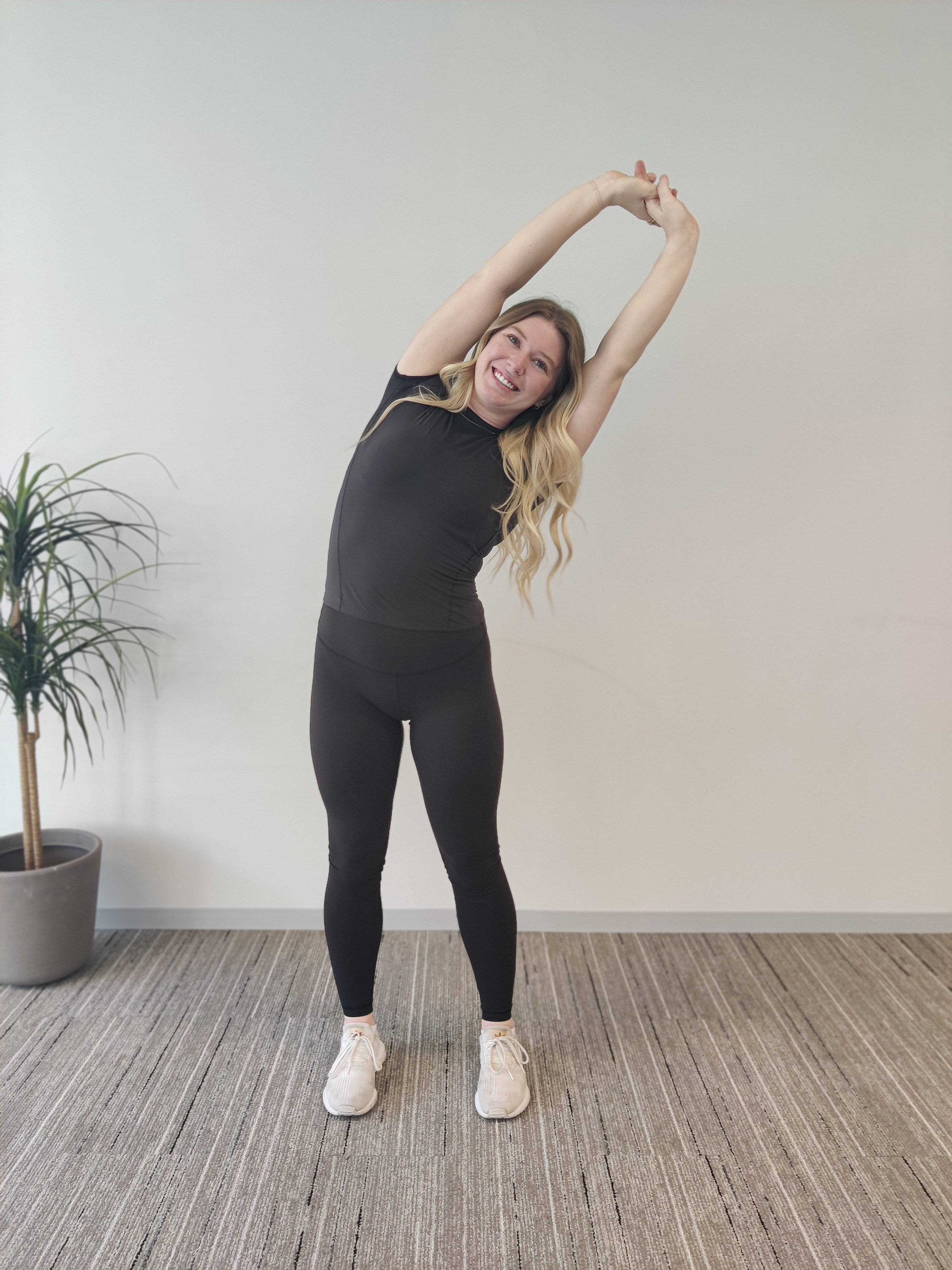There’s good reason why flexibility is a hot topic for people of all ages and lifestyles. It provides numerous benefits to one’s health and opens opportunities to one’s quality of life. More and more people are recognizing this and seeking flexibility exercises that work for them. An easy flexibility exercise anyone can do is stretching. Not sure where to start or what stretches would be best to help you? We’ve got 5 easy stretches any beginner can do to improve their flexibility!
Why Better Flexibility Matters For You
Having flexibility is more than just being able to do the splits! It means being able to bend down and tie your shoes or being able to swing a golf club with ease. Flexibility is the ability to move muscles and joints through a range of motion.
When someone has limited flexibility, completing a range of motion can be difficult and sometimes painful. This is because the muscles are tight, causing stiffness in the body. Limited flexibility can increase one’s risk of injury and make everyday movements such as bending over or getting out of bed harder to do.
Flexibility exercises like stretching should be part of everyone’s daily routine! Stretching lengthens and reduces the tension in muscles, increasing their flexibility when done regularly. This can provide a variety of benefits from improving sports performance to reducing joint pain to improving posture.
5 Beginner Stretches to Try For Better Flexibility
Seated Forward Fold
This stretch is great to start and end each day with! It focuses on the back and hamstrings, aiding in daily movement. Start by sitting on the floor with your legs laid out in front of you. Slowly fold forward, reaching towards your toes. Keep your legs as straight as you can without feeling pain as you continue to fold forward. You don’t need to touch your toes, but it’s a great goal to aim for as you continue to do this stretch every day!
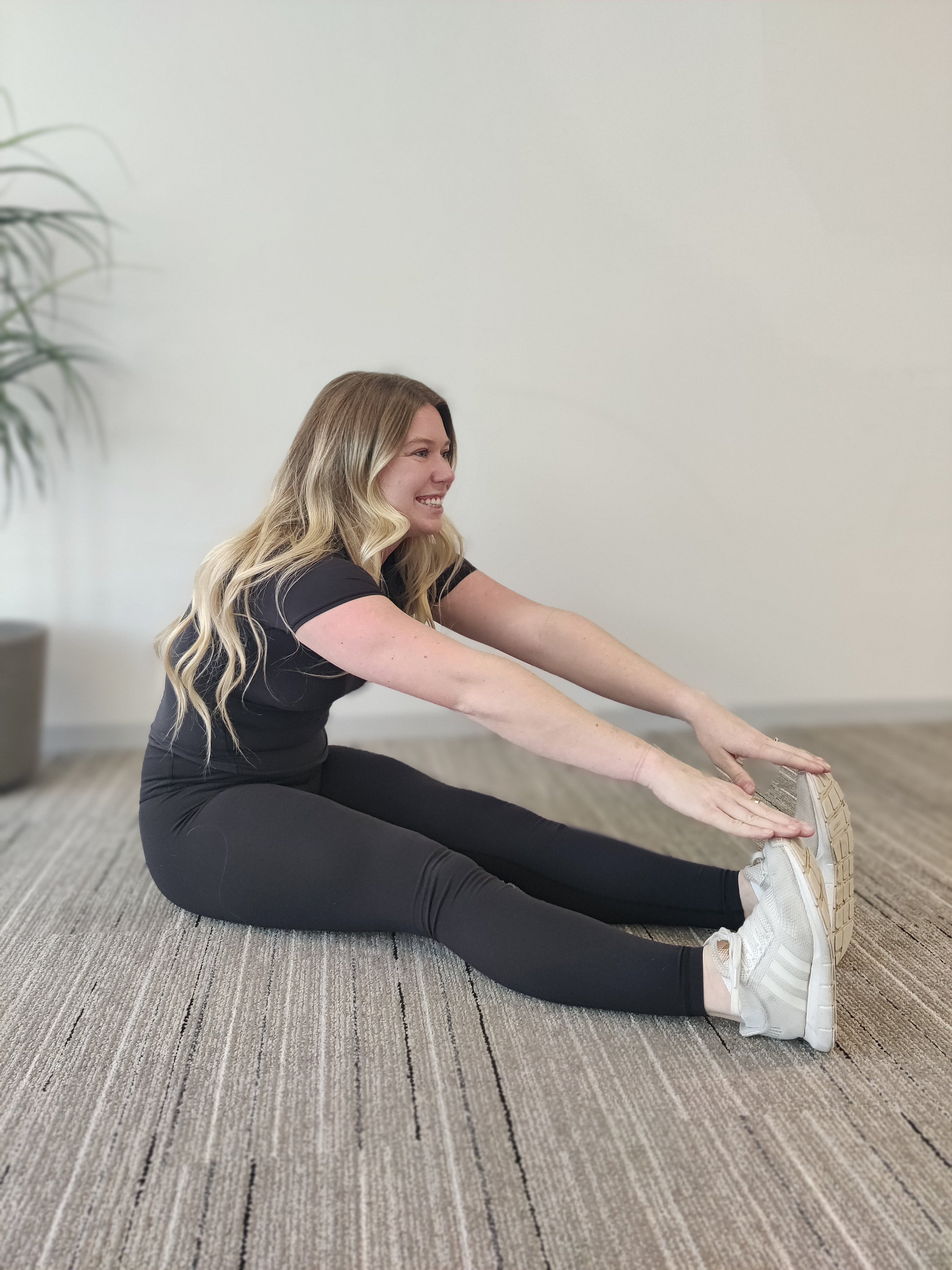
Standing Side Bend
Better flexibility can lead to better balance, reducing risk of injury and pain throughout the body. This stretch specifically tackles the muscles along one’s side, hips, and back. To do this stretch, stand up straight with feet shoulder width apart and hands intertwined, above your head. Slowly bend to one side. You should bend far enough that you feel a stretch on the opposite side, but not enough that it causes pain. Hold for a few seconds and then return to an upright position, repeating the stretch on the opposite side.
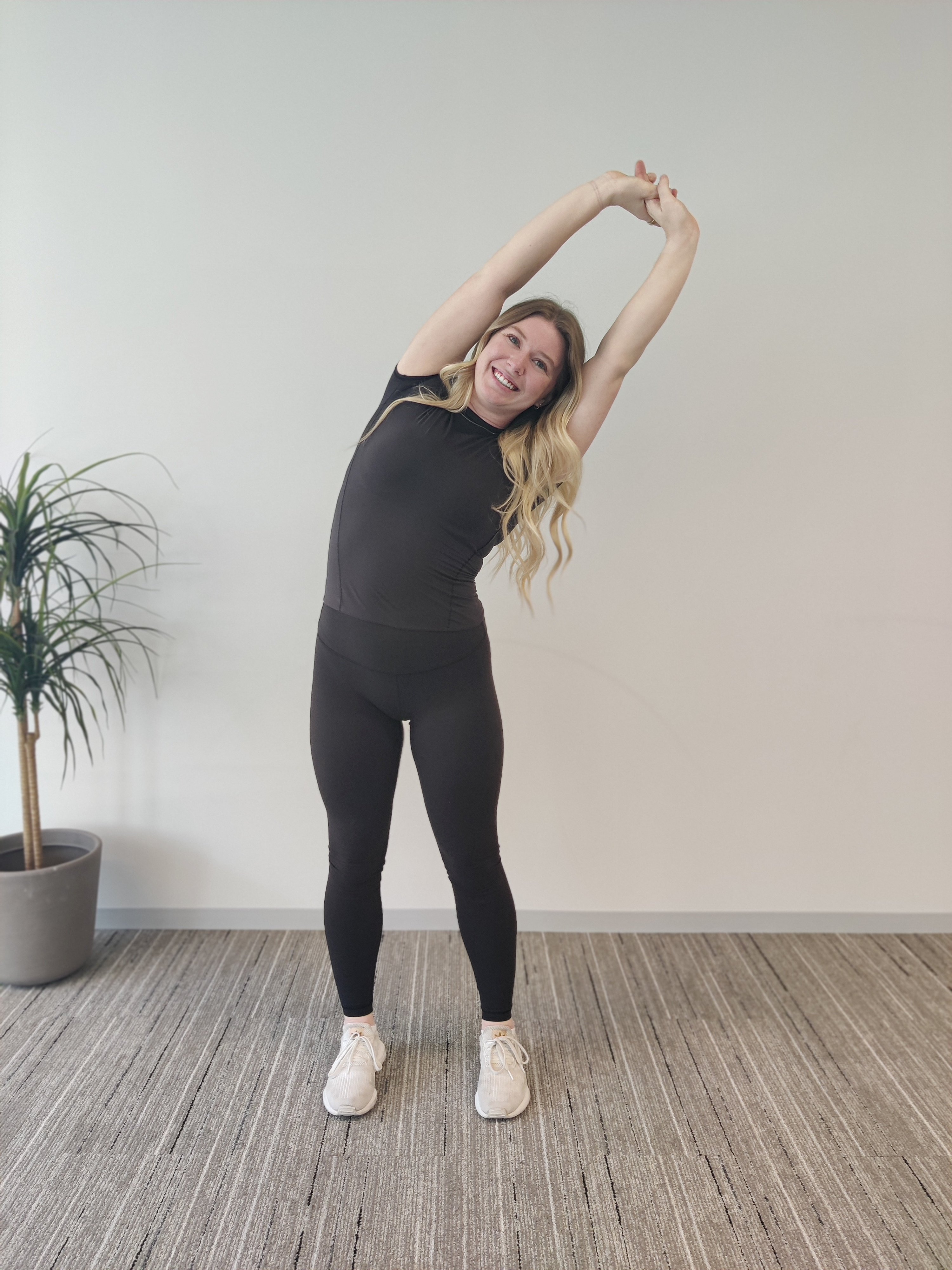
Pigeon Stretch
Do you find yourself sitting for long periods of time? This stretch can help reduce the tightness in hips that comes as a result. To do this stretch, sit on the floor with one leg bent in front of you, and the other laid out straight behind you. Rest your forearms on the floor, in front of the bent leg. Depending on your comfortability, slowly lean forward towards your rested forearms. If you find this too uncomfortable, you can also try resting your arms instead of something like a yoga block or short stack of books!
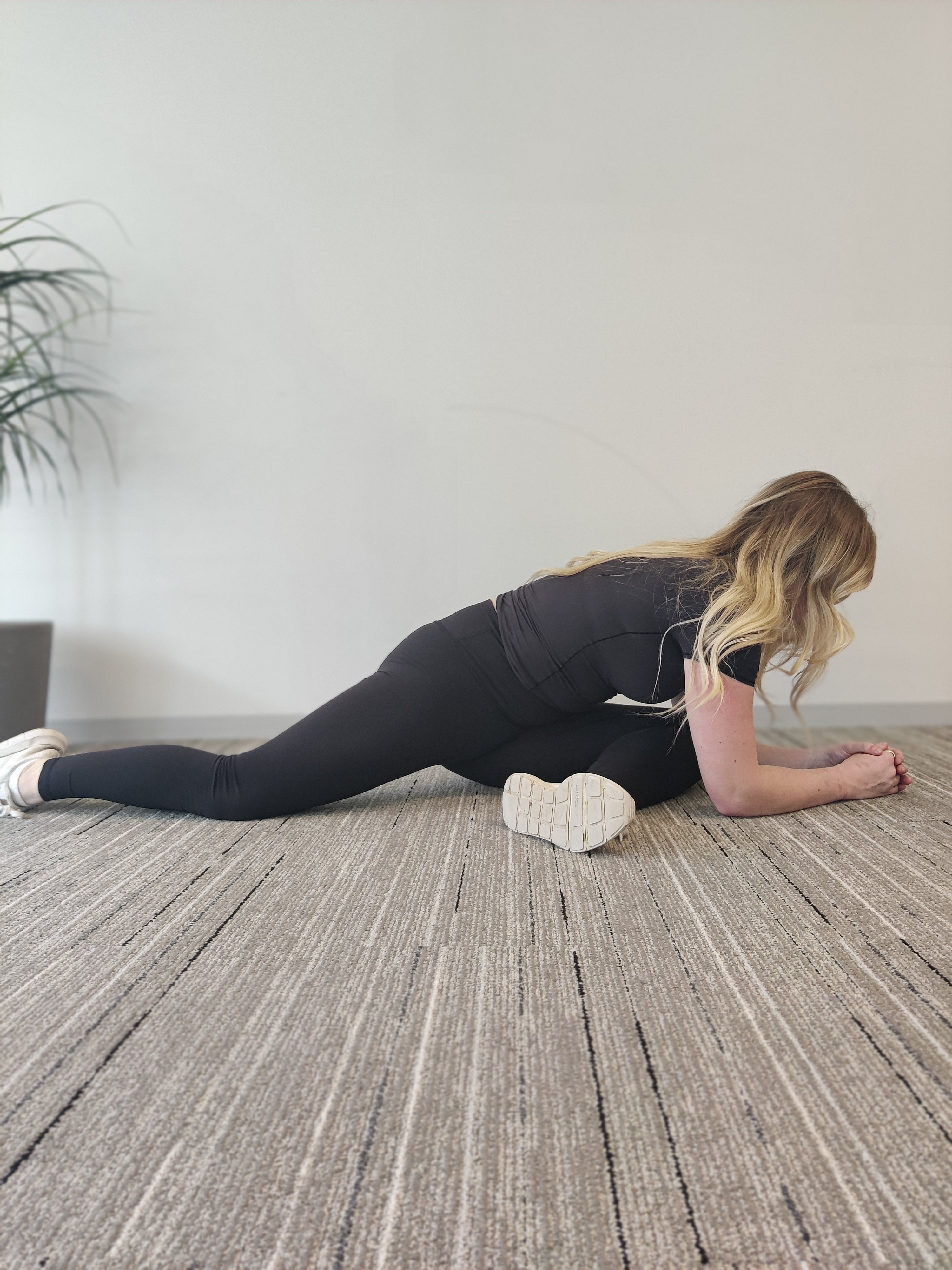
Seated Chest Opener
Limited flexibility impacts the body’s ability to maintain proper alignment. It leads to slouching and rounding of shoulders, resulting in poor posture. This stretch helps to open up the tightness held in the chest, allowing for better posture. You’ll need a stretch strap or something similar like a belt or jump rope. While sitting down, hold the strap in each hand a little wider than shoulder width. Slowly fift the strap above, and then behind your head. Bring your arms as far back as you can without feeling pain, allowing your chest to open up.
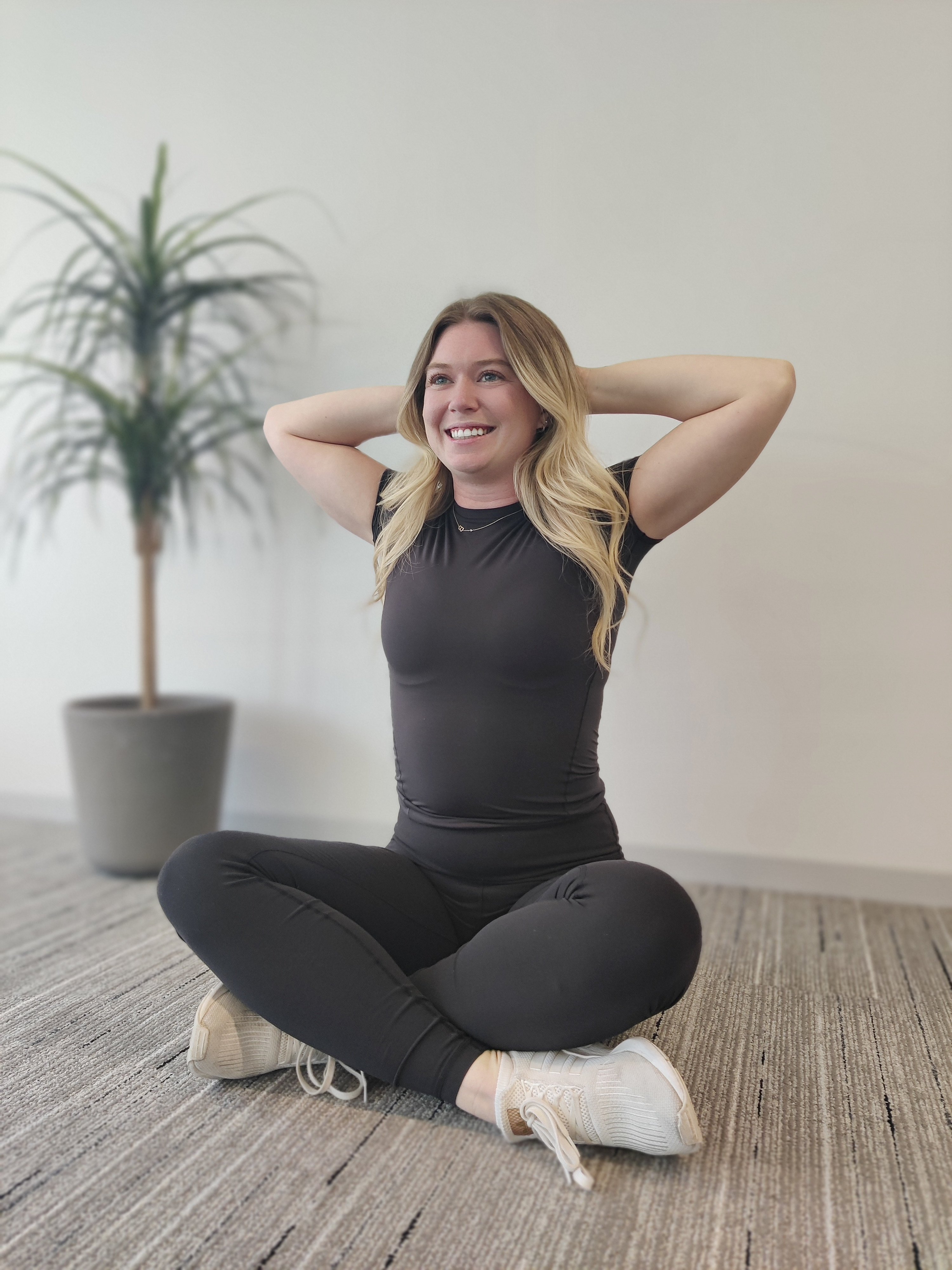
Neck Flexion Stretch
Our necks carry a lot of tension and stress that often goes untreated. Improving the flexibility in your neck can help alleviate pain caused by this tension and in some cases, even relieve headaches. To do this stretch, all you need to do is bring your shoulder blades back and down, and then slowly bring your chin toward your chest. Hold your chin in this position for about 30 seconds and then repeat 2-4 times.
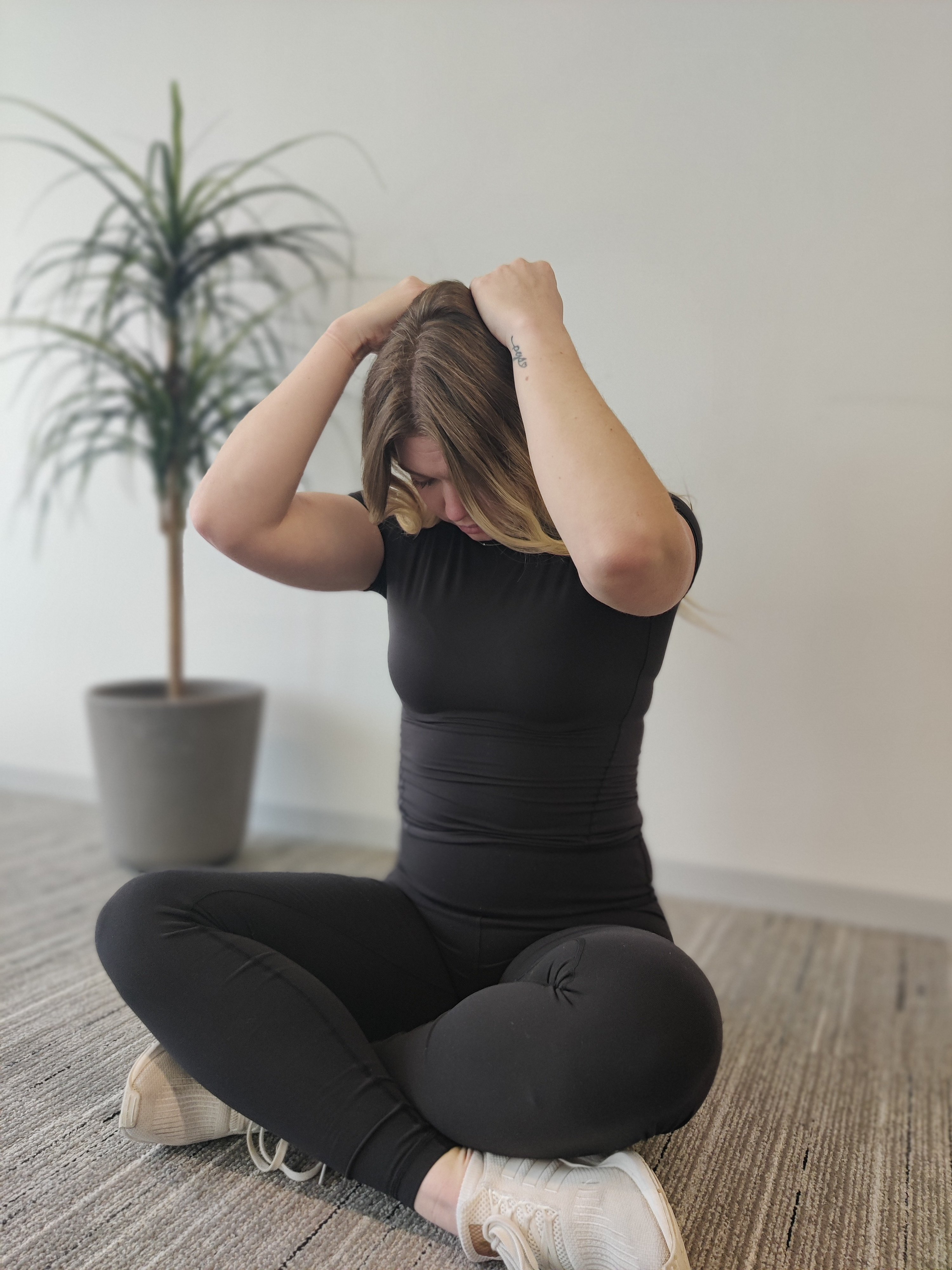
Improve Your Flexibility With StretchLab
While flexibility exercises can easily be done on your own, having a little assistance can amplify the benefits! Stretching with a partner can help stretches be held longer and in a deeper position than typically possible when done alone. At StretchLab, clients work with Flexologists, who are highly trained professionals able to customize stretches to each person’s needs. Our Flexologists help people improve their flexibility every day through weekly or biweekly stretch sessions. But it’s important to remember that assisted stretching is not meant to completely replace stretching on your own. Instead, it should complement it!
For many, figuring out where to start or what stretches are most beneficial for improving flexibility can be challenging. Luckily, StretchLab offers video on-demand stretching content through Xponential+. This content is great for helping people stretch confidently at home or anywhere on the go! Plus, all StretchLab members get free access to StretchLab content on Xponential+.
Reach out to your local StretchLab to learn more about Xponential+ and our assisted stretch sessions.
